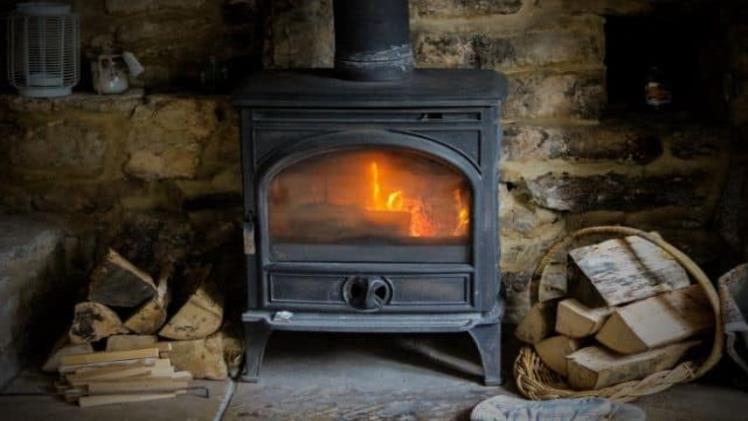Biomass Pellet Stoves

Pellet stoves are an environmentally friendly, economical, efficient and clean burning option. Their minimal ash content and emissions of minute amounts of carbon dioxide make them highly versatile – capable of heating a wide range of homes with their wide BTU outputs.
These energy-saving heating systems can be simple to operate and maintain, with some models including thermostats and remote controls that let you adjust the temperature in your home with just a press of a button. These energy-saving heaters make for easier living because they require minimal tools for setup – just plug it in!
Pellet stoves are an increasingly popular option for green homeowners who want to reduce their fuel consumption and emissions. These appliances are equipped with computer systems that guarantee clean burning, leading to minimal ash production and carbon emissions.
Energy efficient alternatives such as wind and solar can save up to 60% on energy costs compared to traditional fossil fuels like gas, oil or electricity. Furthermore, they have a less negative environmental impact than other energy sources like coal or nuclear power plants.
Biomass pellet stoves use compressed wood or other biofuels like nutshells or sawdust to generate heat in your home. These fuels come from recycled materials that would otherwise be thrown away, providing energy from renewable resources.
Converting wood into pellets requires intense compression that removes all moisture from the wood, leaving it dry and efficient. This enables pellets to last much longer than firewood due to their superior longevity.
Most stoves employ a hopper that holds 35 to 130 pounds of pellets, which can be stored for days before being needed for heat. The hopper exhausts to an exhaust pipe connected to either a chimney or small roof vent.
Some models use top feed, where pellets are loaded from the top and then introduced into a tube that travels down into the burn pot. Though this design has less risk for fires, ashes tend to clog the tube, necessitating more frequent cleaning to keep it working optimally.
Another type of pellet stove is a bottom feed model, in which pellets are introduced horizontally. This model may be easier to maintain as ashes move away from the burner and do not clog air inlets.
They’re simple to install and operate, requiring only a basic flu line to vent combustion gases outside your home. However, regular cleaning is necessary in order to prevent rusting or soot accumulation.
Depending on the size and quality of your pellet stove, you may have to empty the ashes as often as once a week or even more often. These removals are easy if you follow manufacturer’s instructions for storing, loading and firing your stove correctly.
When selecting a heating appliance for your home, be sure to get one that is suitable for the size and number of occupants in it. An undersized appliance won’t provide enough warmth and may waste fuel.

